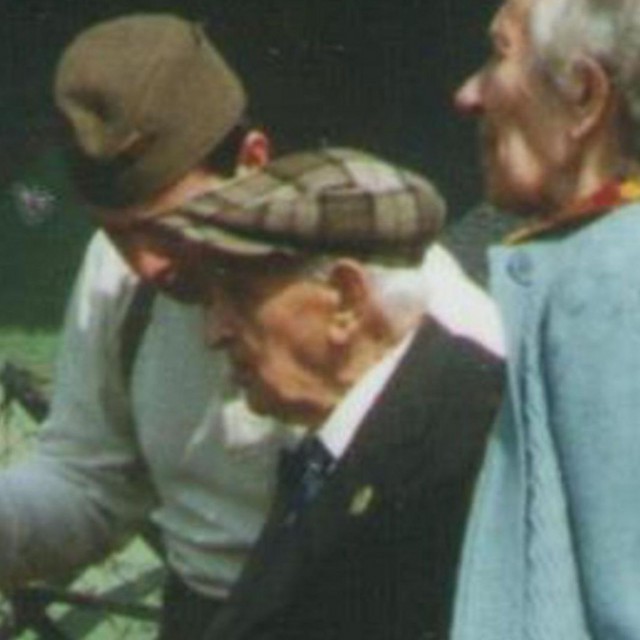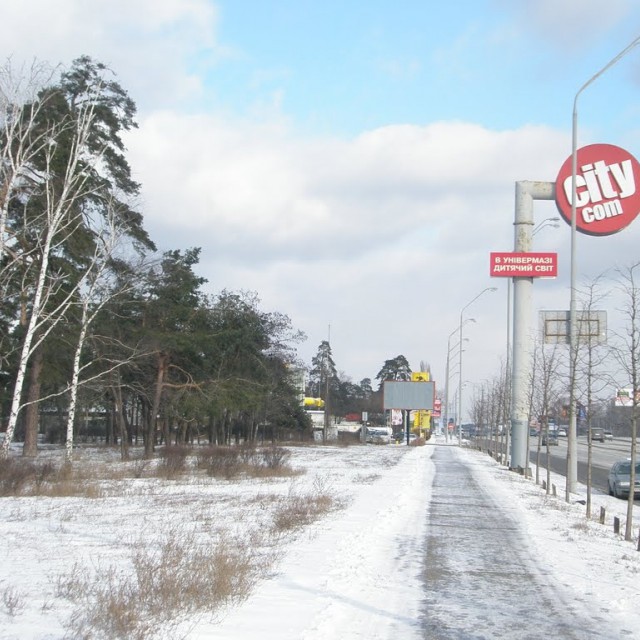Sew on a little ribbon, I want to be a legionary!
Alois Vocásek, a soldier in the Austrian army, was defected in 1916 in Carpathian Ruthenia into Russian captivity. When he came to Kiev, he met Russian students recruiting Czechs into the Russian army. He refused to join the Russian army, as he had had enough of the fighting. However, about two months later, when he got into the internment camp, he changed his mind. The camp was located in Dárnice, in the woods on the outskirts of Kiev. There were dugouts there and one of them served as a recruitment center of Czechs to the Czechoslovak Brigade. "There was a poster on the wall which showed what the Czechoslovak Kingdom of Tsar Nikolai Nikolayevich will look like. About Masaryk, there was no word, yet. And I said to myself, being a Scout, I had to join. I threw my cap on the table and told them to sew a ribbon on it to become a legionary," Alois recalled. In the prison camp of Dárnice, Vocásek filed his application on August 21, 1916, and was assigned to the 1st Rifle Regiment.
Hodnocení
Hodnotilo 0 lidí
Routes
Not a part of any route.
Comments
No comments yet.



